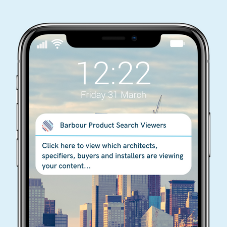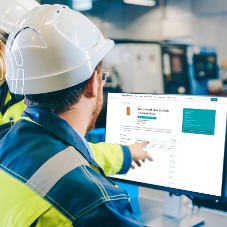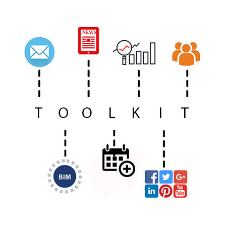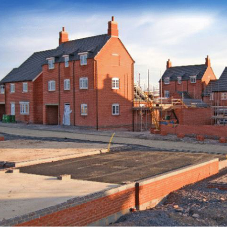Over the past 5 months, Barbour Product Search and BIMstore.co.uk have been hosting their BIM Roadshow at various locations around the country. The sessions were focused on BIM for building product manufacturers, from the marketers’ perspective.
We’ve collated some of the main questions asked by the manufacturers who attended, along with some explanations, which we hope you find useful.
1. What is BIM?
BIM stands for Building Information Modelling and is a design process that generates a digital model to represent an entire construction project, driving significant efficiencies for all involved parties, from design through construction, occupation and eventual demolition. More than just a 3D version of CAD, BIM contains rich parametric data including not only geometry, but the properties of building components.
2. What is a BIM object?
A BIM object is a digital representation of a building product that contains all the required information such as dimensions, performance data, specification properties and cost data.
3. Why do I need to have BIM objects?
Having BIM objects will increase your chance of being specified as well as reducing the risk of mis-specification and re-specification.
If you don’t provide BIM objects, you are potentially limiting the projects you can work on. Paul Morrell, the government’s chief construction adviser, has stated that BIM will be mandatory on public projects by 2016. Some large contractors are also requesting their suppliers work in BIM.
4. How will having BIM objects increase specification of my products?
As BIM is still fairly new to the construction industry and to manufacturers, if you create BIM objects sooner rather than later you will have an advantage over your competitors who don’t yet have them - gaining brand value through convenience.
BIM objects also benefit from a viral spread; specifiers will save and share quality objects as they are so valuable to them, and because the objects are loaded with your data, increase your chance of specification.
5. What are the benefits of having BIM objects?
The adoption of BIM is enabling specification to occur earlier in the design process – so if you don’t have BIM objects, it will become increasingly difficult to participate in the early specification process.
With BIM objects, specifiers can easily embed a product into their plans, elevations, sections and data-sheets. The product then becomes an integral part of the proposal, which has been proven within the model to perform to the brief’s requirements. This makes it much less likely to be re-specified further down the build process.
Using BIM also makes any repairs or replacements of products simpler. The occupier or facilities manager can access the necessary data within the model; they know who manufactured the product and are more likely to contact that company directly for repairs/replacements.
6. How can specifiers find my BIM objects?
As well as hosting the BIM objects on your own website, online BIM libraries offer architects and designers a portal to search and download the components they require, an example of this is BIMstore.co.uk. Some product search sites can now also host BIM objects, including Barbour Product Search, offering even more ways for specifiers to find BIM components.
7. What formats can BIM objects be created in?
A variety of formats can be used to create BIM objects, including Revit, IFC, Bentley and Archicad. As Revit has a large majority of the specification market, it makes sense to create objects in Revit initially, and you can extend your range to include the other platforms at a later date.
8. Do I need to have CAD drawings or NBS specification first?
No – all you need to get started with BIM, and to create BIM objects for your products, is your product range to model and the ability to provide the necessary information such as dimensions, specification properties and performance data.
9. What are Open BIM and IFC?
Open BIM is an initiative of buildingSMART, who states "Open BIM is a universal approach to the collaborative design, realization, and operation of buildings based on open standards and workflows."
IFC (Industry Foundation Classes) data model is the main standard from buildingSMART who states:
"IFC can be used to exchange and share BIM data between applications developed by different software vendors without the software having to support numerous native formats."
However, the IFC format takes a lowest common dominator approach, and any exchange between software will result in a loss of data, so, for example, although Revit has IFC certified importers and exporters there is an invariable loss of data fidelity.
10. Are there any products that aren’t suitable for BIM?
No, although some are more beneficaial to have than others.
FURTHER INFORMATION
If you are a building product manufacturer, and are considering adopting BIM, please do get in touch. We'll be very happy to go through the technology, and we can put you in touch with the right people to build your BIM objects for you.
Barbour Product Search | editor@barbourproductsearch.info | 0151 353 3531













![Communicating with specifiers & developing a personalised persona [EVENT] Communicating with specifiers & developing a personalised persona [EVENT]](/net/blogentry/00/04/48/th382.png)

